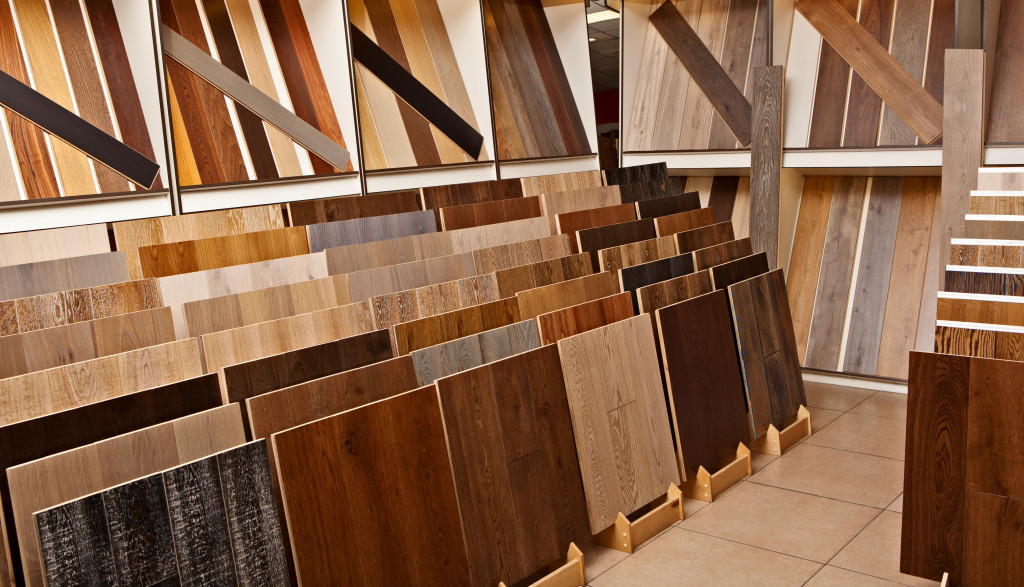Can you imagine a home without a floor? Thank goodness, people these days already have several options.
For example, if you’re looking for the best flooring, your choice can include wood and cork, which are sustainable. There’s also laminate, which is affordable. Linoleum is excellent for the kitchen.
But have you ever wondered the flooring used by those who came before you? What was the popular material, say, in the prehistoric times or the Middle Ages? Let’s play blast in the past the flooring edition.
Prehistoric Days
Although the world could have been around for almost 5 billion years, the prehistoric period was much later, about 2.5 million years ago. The men and women lived in cages or small huts built by their crude materials that resembled knives and axes.
Although these devices were durable enough to cut through the skin and flesh of gigantic prey like the woolly mammoths or bison, they couldn’t cut down a tree, which they could have made into floors. The first tree cutting happened way later than the beginnings of agriculture.
So what floor did they have? The answer was ground, although, during the Bronze Age, some people in Greece might have used pebble sets. Either way, inhabitants during this long period were nomadic.
Ancient Egypt
Egyptian civilization began in the second millennium BC and grew to become one of the world’s most powerful. The magnificent structures, from their temples to the pyramids, are a testament to their advanced knowledge, skills, and artistry.
It isn’t surprising then these works of art featured natural stone flooring, mainly limestone and sandstone. Using such materials was strategic. First, they lived close to bodies of water, such as the Nile. They could have been abundant in sedimentary deposits.
Roman Civilization

UK history started even before the Romans arrived; they were some of the most influential. First, they introduced the writing system, which allowed the Brits to record their stories. Second, they installed mosaic floors in homes and public buildings. You can still find some of them, especially in England.
During Roman Britain, homes came in at least two types, depending on a person’s status. The rich ones lived in villas, which featured atria and courtyards. The poor people congregated in small villages in thatched huts.
Over time, as the Brits adopted to the Roman lifestyle, homes later changed to primitive concrete. Even then, they already had an excellent flooring design. The heating system was under it, while pillars held the actual floor to allow warm air to circulate.
Middle Ages
The flooring of homes during the Middle Ages also varied according to income and status. Some households used earthen flooring or packed dirt that people thumped down to become smooth and even. They might also add hay or straw to improve insulation, especially during the winter.
The upper-class families, meanwhile, could already use brick. Back in the days, this was a highly coveted but expensive material because it was labor-intensive.
The floors that predate most people on this planet might be less sophisticated, but our ancestors made do on what’s available. Hopefully, though, this helped homeowners appreciate the choices they have today.



